BPC-157 – Buy Legal Steroids for Regenerative & Healing Research
BPC-157 (Body Protective Compound-157) is a synthetic peptide fragment derived from a naturally occurring protein in human gastric juice. In experimental settings, it has gained attention for its remarkable regenerative potential, particularly in muscle, tendon, ligament, and gastrointestinal tissue repair. This peptide works at the cellular level to promote healing, stimulate angiogenesis (the formation of new blood vessels), and reduce inflammation, making it a valuable asset in injury recovery and regenerative medicine research.
How BPC-157 Works in Research
In laboratory studies, BPC-157 interacts with growth factor pathways to accelerate tissue repair and improve recovery time. It appears to upregulate collagen production, enhance fibroblast activity, and stimulate the repair of both soft and connective tissues. Researchers have also observed its potential to improve nitric oxide production, which supports blood flow to damaged areas, further aiding regeneration. Due to its protective effects on the gut lining, BPC-157 has also been investigated for gastrointestinal health and recovery from inflammatory conditions in experimental models.
BPC-157 for Injury Recovery & Regeneration Studies
BPC-157 has been widely explored in preclinical studies for orthopedic, sports injury, and surgical recovery scenarios. It may help accelerate the healing of torn ligaments, strained muscles, and damaged tendons, while reducing swelling and discomfort in injury sites. When tested alongside compounds like TB-500, researchers have noted potential synergistic effects in overall recovery rates and tissue resilience.
Why Choose BPC-157 for Research?
With high purity and reliable activity, BPC-157 offers consistent results in controlled studies. Its broad spectrum of potential applications — from musculoskeletal repair to gastrointestinal protection — makes it an attractive choice for scientists in the fields of sports medicine, orthopedics, and metabolic health. Although it is not approved for medical use in humans, its growing body of research continues to make it a focal point in regenerative peptide studies.
FAQs BPC-157
Q1: Can BPC-157 speed up recovery in research models?
Yes, it is widely studied for its ability to accelerate healing in soft tissues, tendons, and ligaments.
Q2: Is BPC-157 used for nerve regeneration research?
Yes, studies suggest it may support nerve repair and regeneration.
Q3: Can BPC-157 be combined with other peptides in research?
Yes, it is often combined with regenerative or growth-promoting peptides to maximize effects in experimental settings.
Q4: Does BPC-157 have gastrointestinal benefits in studies?
Yes, research indicates protective effects on the stomach lining and gut integrity.
BPC-157, short for Body Protective Compound-157, is a synthetic peptide fragment derived from a naturally occurring protein found in human gastric juice. According to research described on Wikipedia, it has attracted scientific interest for its potential regenerative and healing properties. Preclinical studies suggest that BPC-157 may accelerate the repair of muscles, tendons, ligaments, and the gastrointestinal tract, as well as promote angiogenesis—the formation of new blood vessels—which supports tissue recovery. These effects make it a focus of experimental medicine and sports injury research, although it is not approved for human therapeutic use outside laboratory settings.
TB-500 is the synthetic version of a naturally occurring peptide fragment of thymosin beta-4, a protein present in nearly all human and animal cells. As outlined on Wikipedia, TB-500 is primarily researched for its ability to promote cell migration, differentiation, and survival, which may accelerate tissue regeneration and wound healing. It has been studied for its potential to repair muscle damage, improve flexibility, and reduce inflammation in preclinical models. Due to its ability to stimulate angiogenesis and aid recovery, TB-500 has become a notable compound in experimental regenerative medicine, though its use remains confined to research contexts.

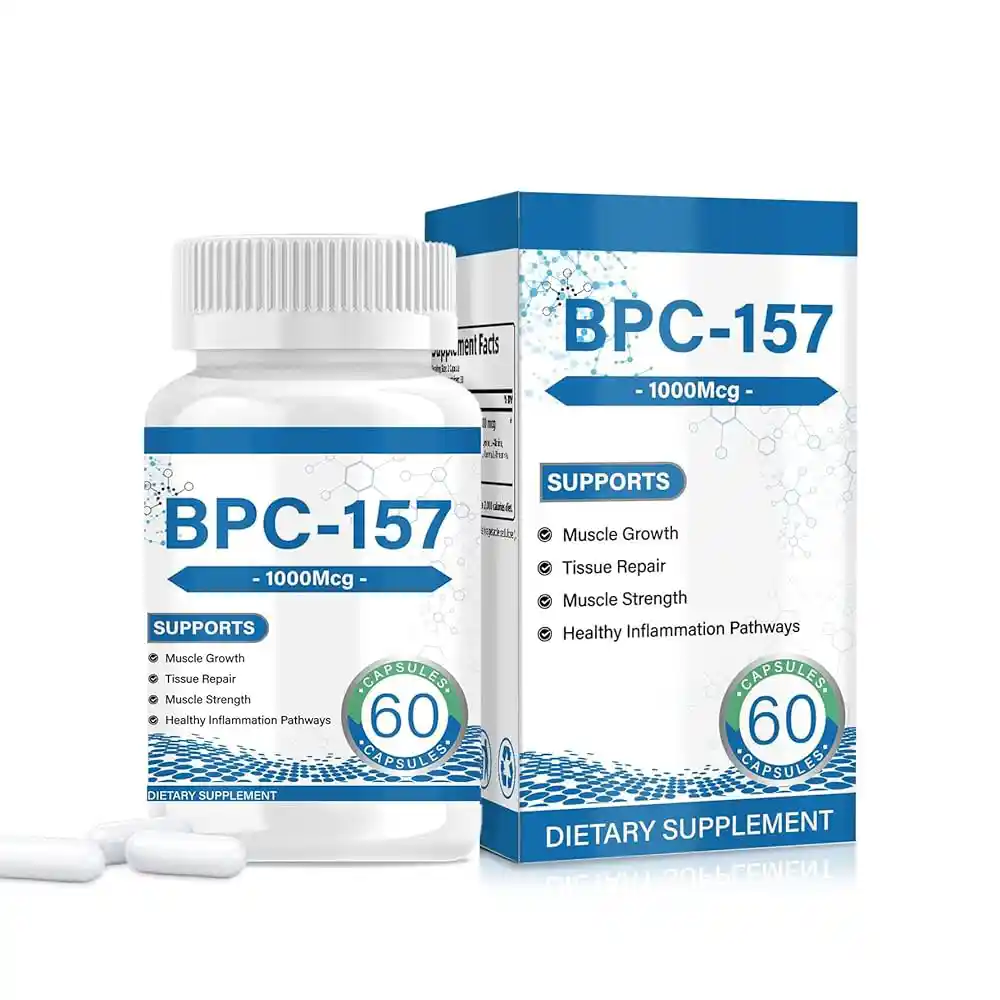
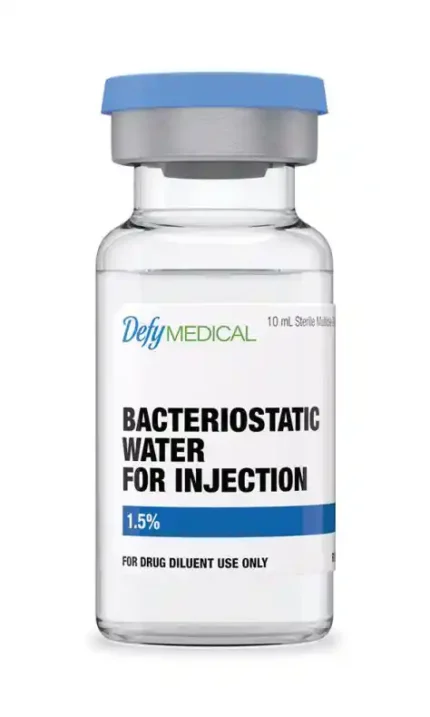
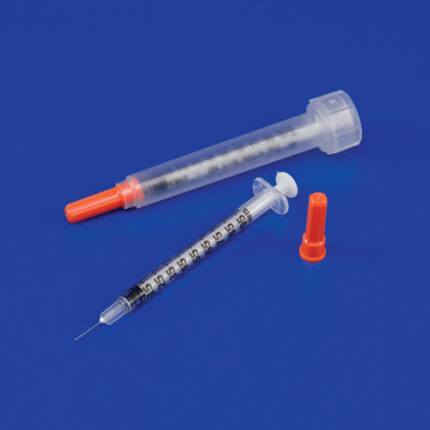
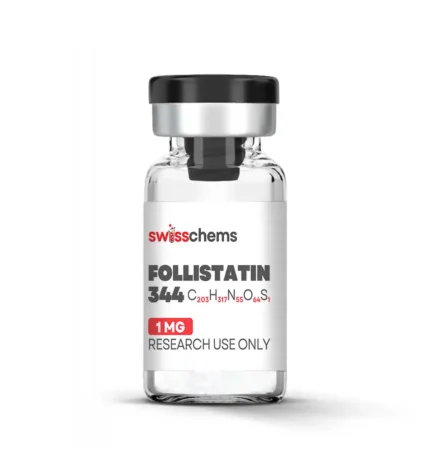
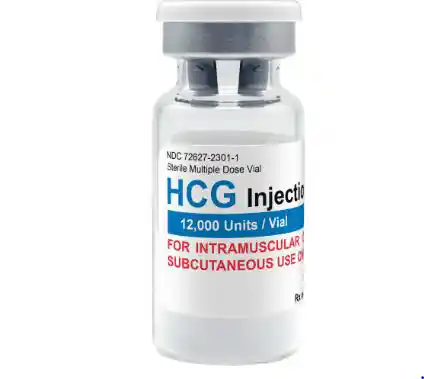
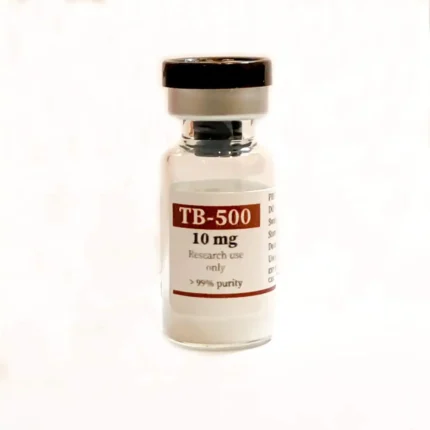
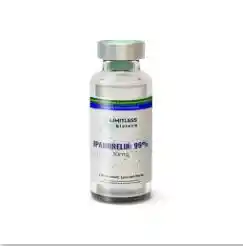
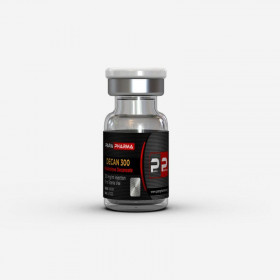
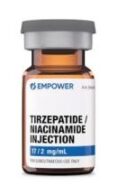

Reviews
There are no reviews yet.